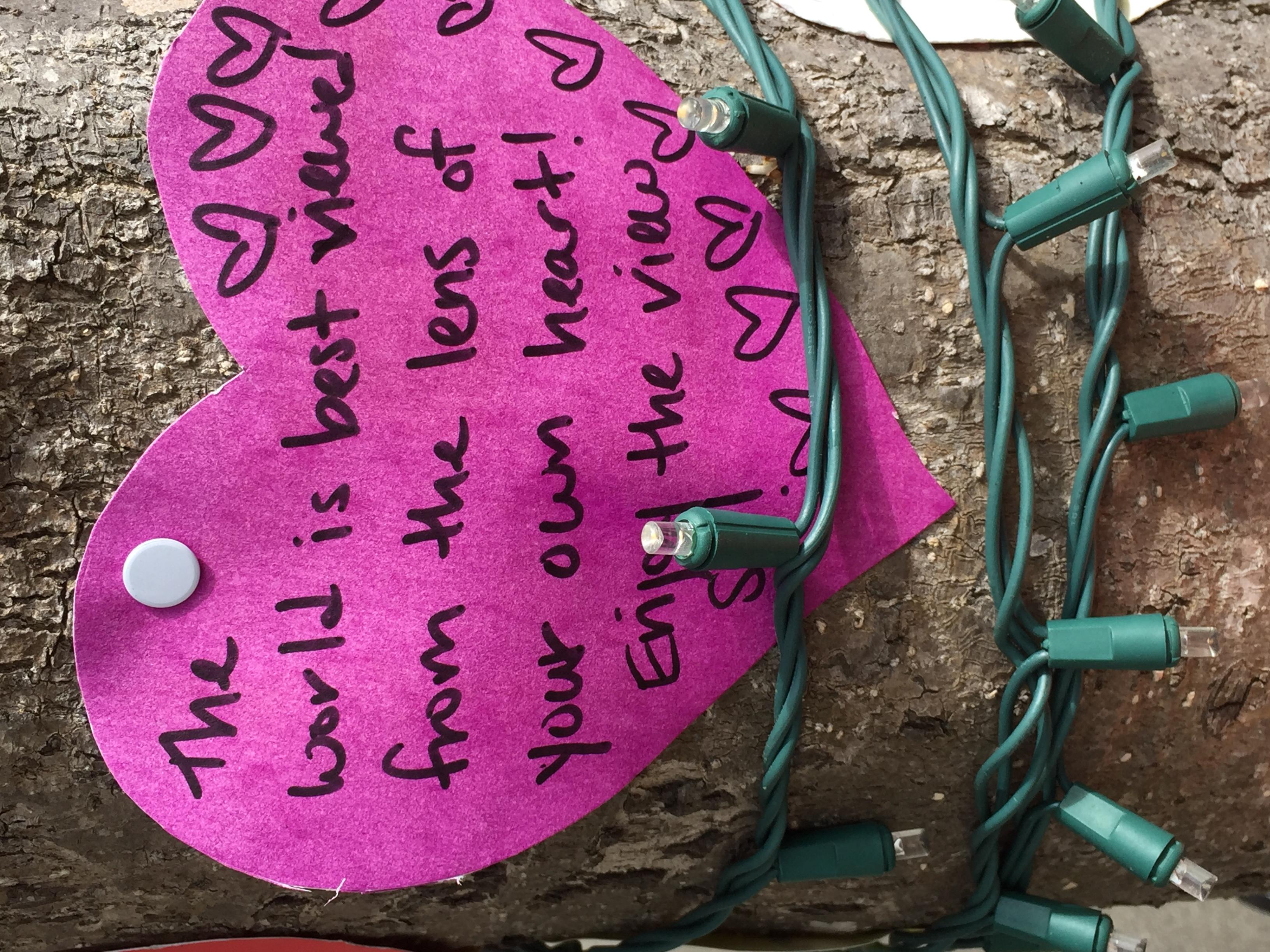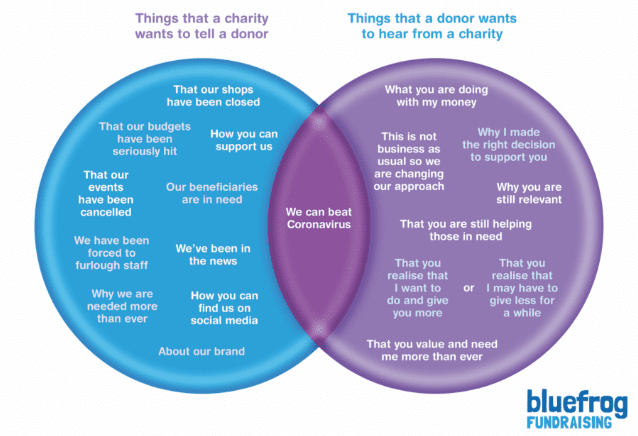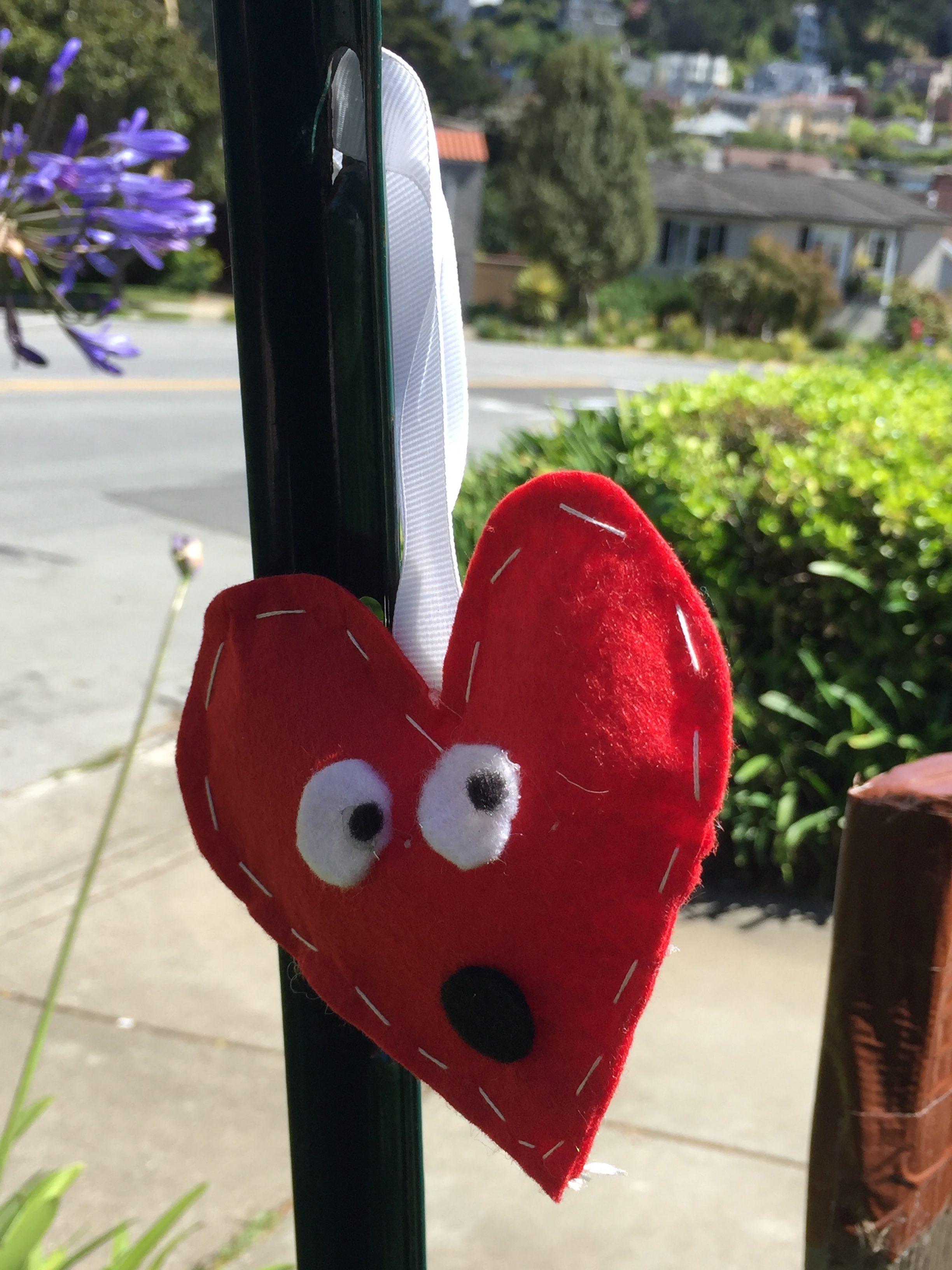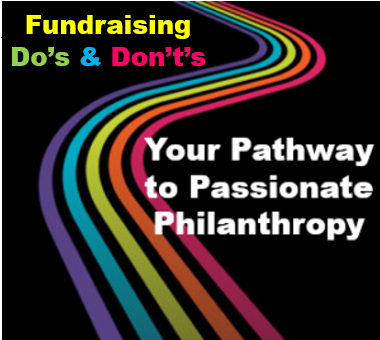 What’s the point of a fundraising appeal letter?
What’s the point of a fundraising appeal letter?
That’s obvious, right? To raise money!
But, wait a minute.
Dig deeper.
I always ask the question “why?” until I finally get to the end – where no more ‘why’ questions need to be asked — and uncover the true purpose behind anything I’m doing.
So… why are you endeavoring to raise money?
Because your organization needs contributed income.
Why does your organization need contributed income?
Because you don’t generate enough earned income to enact your mission.
Why don’t you generate enough earned income?
Because you make your services available for free or low cost to those who otherwise couldn’t afford them.
Why can’t folks afford what you offer without subsidy?
Because they’re … elderly on fixed incomes… vulnerable children… newly arrived immigrants… low-income single parents… families living below poverty level… veterans… unemployed… homeless… devastated by a natural emergency or illness… saddled by debt… or otherwise at-risk, marginalized, overlooked or being in need of a break.
Why else do you need community support?
Because the upfront cost is greater than the market will bear, but worth it for the ultimate community good of… a cure for a terminal disease… relief from devastating pain… ending injustice… saving the environment… preventing violence, abuse, addiction, suicide… restoring faith and inspiration to those whose lives would otherwise lack meaning, fulfillment and hope.
Aha! Now that you’ve answered all these important “why” questions you know the point of your fundraising appeal letter or email. Right?
It’s to get people to understand the benefit of their gift; what will happen absent their generosity.
It’s more than ridding themselves of the dollar they had burning in their pocket.
But wait another minute.
Can you dig still deeper?
Why do you want people to understand the outcome they can create?
Because…
Details



 What’s the point of a fundraising appeal letter?
What’s the point of a fundraising appeal letter?
 For at least the past five years I’ve been actively encouraging nonprofits of all stripes to begin or ramp up their
For at least the past five years I’ve been actively encouraging nonprofits of all stripes to begin or ramp up their
 Could you be getting it all wrong when it comes to the what, who, where, why, how and when of your nonprofit’s communications and fundraising as this pandemic plays out?
Could you be getting it all wrong when it comes to the what, who, where, why, how and when of your nonprofit’s communications and fundraising as this pandemic plays out? I’m going to explain what your nonprofit should do to show donors you do, in fact, understand where they’re coming from.
I’m going to explain what your nonprofit should do to show donors you do, in fact, understand where they’re coming from.

 Connect, Connect, Connect – with Everyone!
Connect, Connect, Connect – with Everyone!
